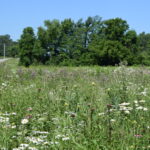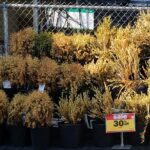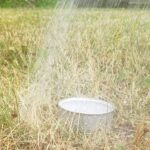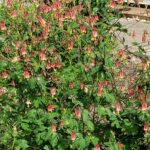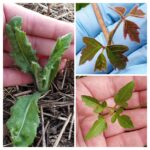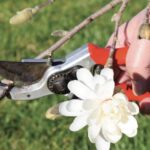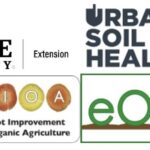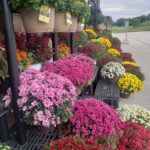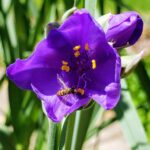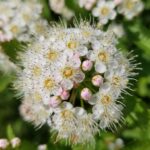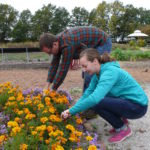Gardeners are bombarded with sayings like save the stems, leave the leaves, and no mow May. These sayings are rooted in the same goal of protecting pollinators, but often leave gardeners with more questions. Let’s dig into each of the sayings. Save the stems: The first question that often arises from this saying is: “When[Read More…]
Planting may not be the first chore that comes to mind when considering the fall garden, but as Purdue Urban Forestry Specialist, Ben McCallister mentioned in the last issue, it’s an excellent time to install a new tree1. However, trees aren’t the only thing that can be added to the garden this time of year. [Read More…]
The unpredictable Midwest weather has gardeners checking their rain gauge daily, because one rule gardeners learn early on is that landscapes need about an inch of water each week. Of course, there are many factors that will impact the accuracy of this very general rule such as soil type, average temperature, sun exposure, plant type,[Read More…]
For some, the term “shade garden” may be an oxymoron. When imagining a garden, most will think of a sunny area filled with flowering plants. So, it’s not surprising that gardeners would often fill shady areas with a hardy, evergreen ground cover and never look back. However, ornamental shade gardens have been the source of[Read More…]
It’s time for spring cleaning the herbaceous perennial garden, but be careful not to pluck out any of your favorite flowers. With all the green quickly sprouting up, it may be difficult to tell friend from foe. Established herbaceous perennials will emerge from the ground in the same location as the previous year and are[Read More…]
Indiana is well-known for its erratic weather. Hoosiers, along with all Midwesterners, have numerous sarcastic sayings regarding the weather. “If you don’t like the weather, just wait ten minutes.” “The forecast is made up and the seasons don’t matter.” “It will be winter at 6 am and summer by 3 pm. Dress accordingly.” [Read More…]
Soil testing is a common practice for both landscapers and farmers to ensure healthy plants. However, city soils are may be degraded and contaminated so you may wonder if the typical soil analysis is providing enough information. During this webinar series, participants will learn how to determine if their soils are contaminated and what they[Read More…]
Fall is the time of year when many gardeners rush out to buy chrysanthemums by the gallon. Mums line the front of every shop and are great for replacing the fading annuals on the front step (Figure 1). As a perennial, mums have the potential to provide beautiful blooms year after year. However, gardeners may[Read More…]
Integrated Pest Management (IPM) is a proactive strategy that focuses on long-term prevention of pests by understanding the pest’s biology and utilizing a combination of control techniques. There are IPM strategies for all types of pests including weeds, insects, and diseases. Regardless of type, scouting and identification are the first and most critical steps in[Read More…]
Throughout the decades, many landscape fads have ended in failure. Dame’s rocket, wintercreeper, and purple loosestrife are a few examples of beautiful and vigorous ornamentals that have wreaked havoc on our natural ecosystems. Nursery professionals, as well as consumers, were unaware of the potential negative impacts of non-native species, often marketed as vigorous, hardy, or[Read More…]
The Cooperative Extension Service is a national network of land-grant colleges, universities, and the United States Department of Agriculture serving communities across the country by providing research-based information and educational programming. Purdue Extension serves Indiana residents in the following program areas: Agriculture and Natural Resources, Health and Human Sciences, Community Development, and 4-H Youth Development.[Read More…]

